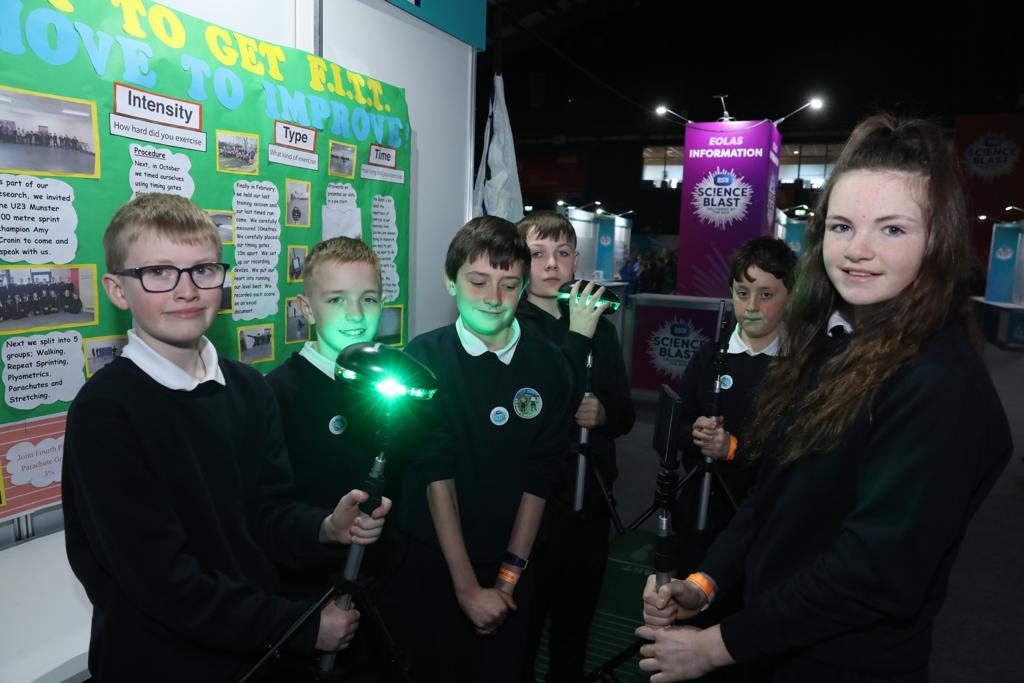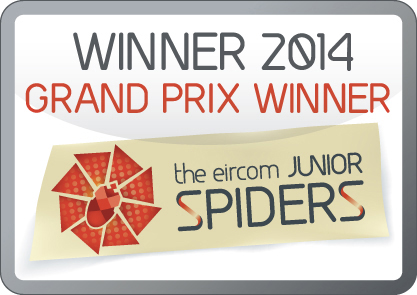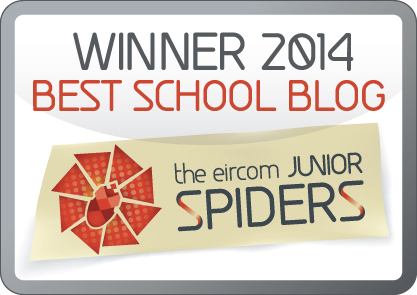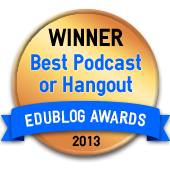Each year St Peters has a proud tradition in exploring all the rudiments of the wonderful world of STEM/Science and of entering the ESB Science Blast. This year was no different.
As an innovative 6th class we have a great interest in sports and fitness and so chose to look at how we could improve our general health .
Researching under the science stand of Living Things, this idea then evolved and became more specific as we looked into which type of training improves our 10 metre sprint times the most.
We began the hard work in October and worked diligently over 16 training sessions to our final sprint race.
We had some challenges to overcome due to the weather, injury, and issues with the batteries for the rechargeable sprint gates and timer.
We became aware of and learnt from mistakes like not crossing the beam and not pushing off the wall.
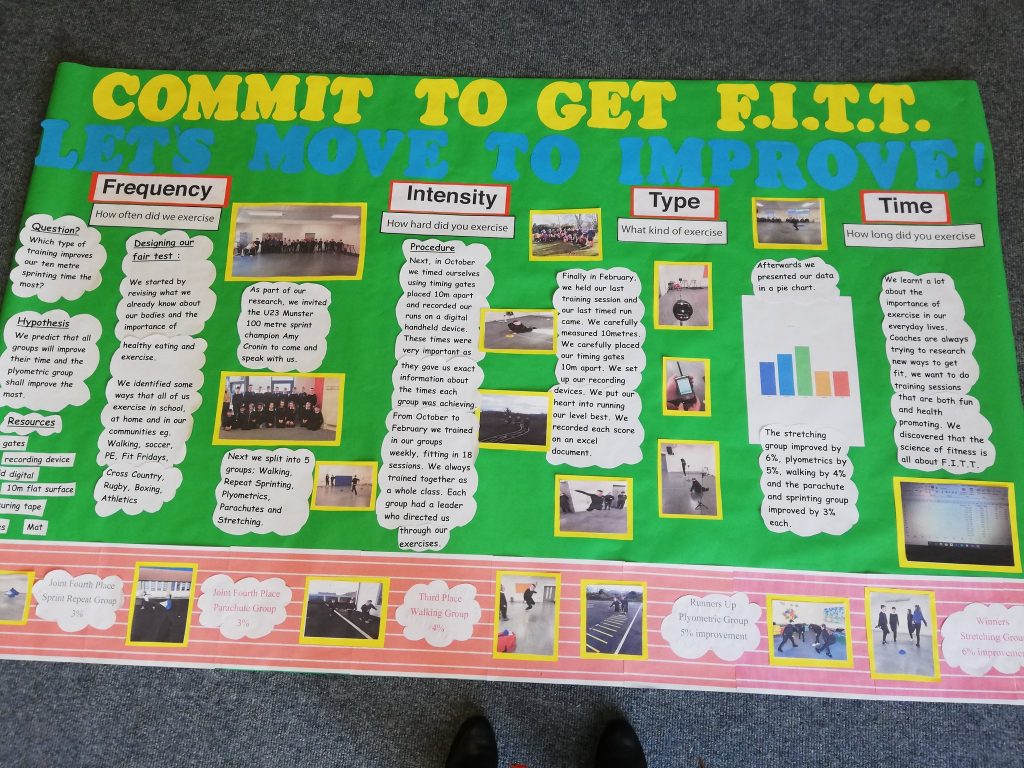
But overall, as we are sure you will enjoy reading below, we are all the luckier for taking part in the ESB Science Blast. We thoroughly enjoyed conducting and participating in our experiment and look forward wholeheartedly to continuing this yearly tradition.
Our minds are more curious, hearts so full and our brains are even more inspired.
Here is our entry, we hope you enjoy it and would be delighted to receive any feedback you can provide to further our future endeavours in the world of Science and STEM.
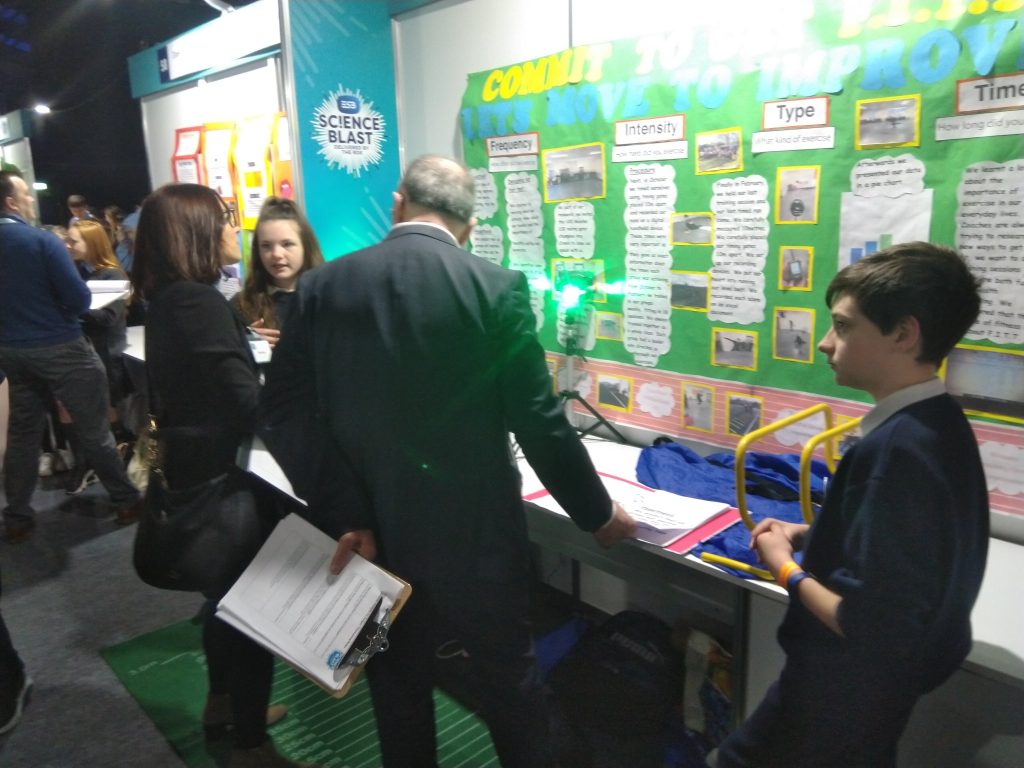
Warm regards,
6th Class, St Peters PS, Bray.
Question?
Which type of training improves our ten metre sprinting time the most?
Hypothesis
We predict that all groups will improve their time and the plyometric group shall improve the most.
Resources : Timing gates, Hand held digital recording device, Mat, Measuring tape, 10m flat surface, Parachutes, Hurdles
Designing our fair test :
We started by revising what we already know about our bodies and the importance of healthy eating and exercise.
We identified some ways that all of us exercise in school, at home and in our communities eg. Walking, soccer, PE, Fit Fridays, Cross Country, Rugby, Boxing, Athletics
We noted each others experience of training, the different ways you can train and all the sports we’re involved in as a group.
As part of our research, we invited the U23 Munster 100 metre sprint champion Amy Cronin to come and speak with us.
Next we split into 5 groups; Walking, Repeat Sprinting, Plyometrics, Parachutes and Stretching.
We decided that our walking group would be our control group. The walking group would walk at a normal pace around the school yard.
The repeat sprinting group would sprint 10metres x 4 with 1 minute break between each run.
The plyometrics group would have 2 tasks to do; hop over a hurdle on each leg x 4 and a standing jump x 4.
The parachute group would complete : 4 x 20m runs with a parachute, 20 seconds break in between and 2 x 20m runs without a parachute
The stretching group would stretch their calves, quads and hamstrings.
To make sure that this test was fair we made sure that we always wore runners, that we always timed our runs on a flat 10m surface and that we always ate the same food on the day of our run.
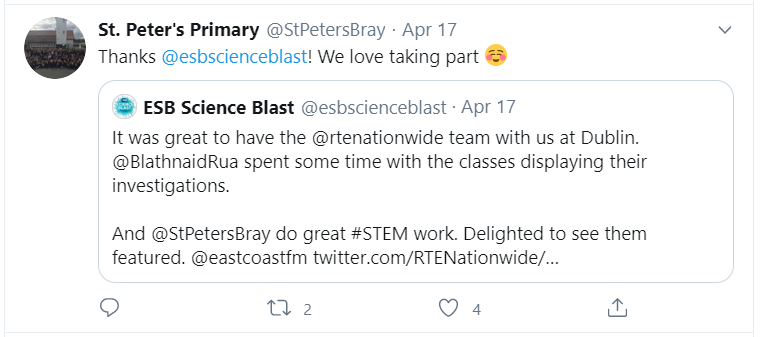
Procedure
Next, in October we timed ourselves using timing gates placed 10m apart and recorded our runs on a digital handheld device. These times were very important as they gave us exact information about the times each group was achieving.
From October to February we trained in our groups weekly, fitting in 18 sessions. We always trained together as a whole class. Each group had a leader who directed us through our exercises.
Finally in February, we held our last training session and our last timed run came. We carefully measured 10metres. We carefully placed our timing gates 10m apart. We set up our recording devices. We put our heart into running our level best. We recorded each score on an excel document.
Afterwards we presented our data in a pie chart.
Conclusion
The stretching group improved by 6%, plyometrics by 5%, walking by 4% and the parachute and sprinting group improved by 3% each.
We learnt a lot about the importance of exercise in our everyday lives. Coaches are always trying to research new ways to get fit, we want to do training sessions that are both fun and health promoting. We discovered that the science of fitness is all about F.I.T.T. – Frequency, Intensity, Type and Time.
We are now committed to getting F.I.T.T. and always do our best to move to improve.
With thanks,
6th Class
St Peters PS, Bray
